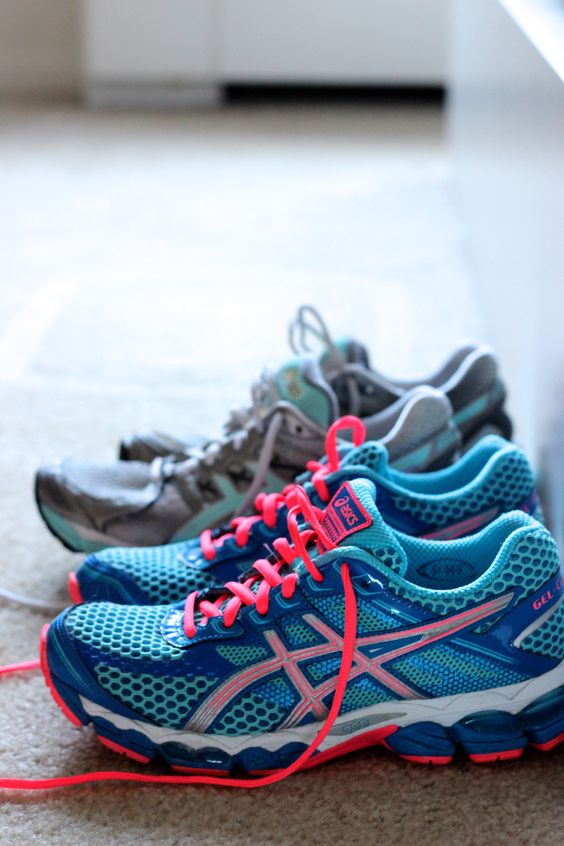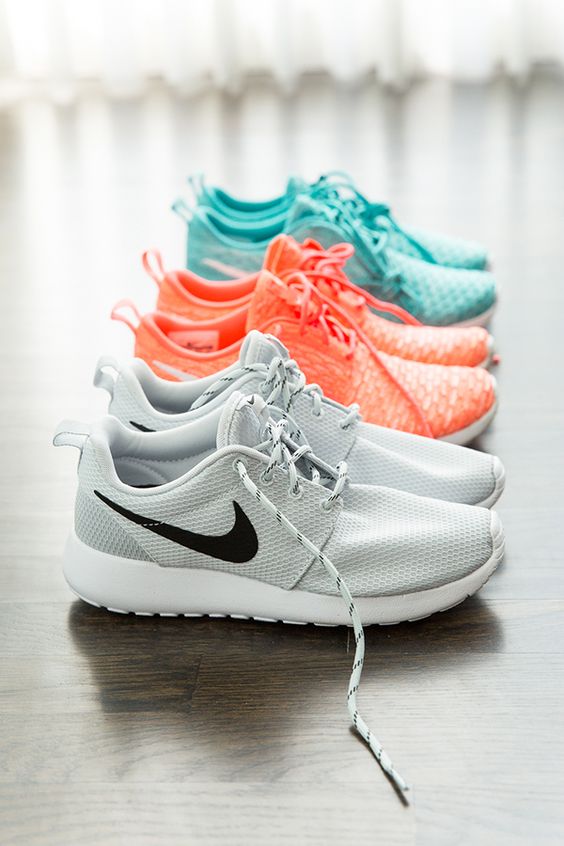Running is without doubt one of the quickest and least expensive ways to feel great, get fit and put a big smile on your face. It’s fair to say that starting off can be tough and during the first few weeks it’s important to take things slowly to allow your body to adjust to the new challenge being put upon it, but once you get through the initial stage your body, mind and health will love you for it.
There are however some fundamentals that you must get right before you start to even consider running. First and foremost you must get clearance from your doctor or health professional.
Running is considered a high impact exercise and should not be performed before your body is absolutely ready.
When Can I start Running Post Birth
It is best to be cautious when thinking about starting running after birth and waiting for at least six months after birth before starting to run. This is because of the hormone relaxin.
Relaxin is a hormone that causes softening of the ligaments, essential for a vaginal birth. No one really knows how long relaxin stays active in the postpartum body. Some experts believe it can be present in the body for up to 12 months after birth – but like anything with pregnancies, bodies, birth and babies, no two cases are exactly the same and we should all exercise caution with our bodies post baby.
And when we have relaxin present in our body the implications apply to every joint in the body and as such. postpartum women should take special care to be gentle on their joints with low impact exercise such as walking, Pilates, swimming, yoga, deep squats, bicep curls, lunges and uphill power walks – or start slowly with jogging until you feel comfortable.
How to Get Started
Building exercise into your routine can feel like a bit of a minefield, particularly if you’re completely new to it. But it’s much, much easier than you might think! Here’s how to get started.
- Get Supported – top and bottom!. If you’re breastfeeding, your breasts might be feeling particularly tender or large and so it’s important that you have the right support. Consider buying some new supportive sports bras or sportswear. Support also means that you need to wear the right shoes to avoid straining any of your muscles or ligaments – choose a pair of supportive, cushioned running trainers to avoid swollen feet or aching limbs after your run.
- Walk before you can run. Running can be fairly difficult if you are totally new to exercise, and so it might be an idea to walk before you run. Try walking for 5 minutes, then switch to running, then back to walking and so on. You don’t always have to be running – as long as you’re exercising and trying your best you’ll still be burning calories, which will equal weight loss in the long run.
- Start small. To begin with, just run to the end of your street, or to the nearest lamppost. Try to keep it up 2-3 times a week. When you feel a little more able and when that exercise becomes routine, try running for 5 minutes, then 10, then 15, and so on. You just need to build that exercise in and keep going until it becomes routine.
- Enough calories. Running burns calories, and if you’re breastfeeding, you need to make sure that you eat enough calories in order to keep your supply up. If you’re feeling hungry, snack on good-for-you foods like fresh fruit, vegetables, wholegrains and heart-healthy fats such as nuts or seeds.
- Breastfeeding and hydration. If you’re breastfeeding, it’s even more important that you stay hydrated in order to keep your supply up. It’s also fairly common for breastfeeding mums to express milk while running, and so you might want to consider breast pads while running or pumping your milk before and after a run. Some babies also don’t like the taste of breast milk after a run, so think about having a supply of expressed milk to hand.
Choosing footwear
The second thing you need to consider is footwear. Running for even a short distance in trainers that are not designed for your foot type can have a negative effect on your body and quickly cause injuries which will result in an unwanted trip to the Physio.
But help is at hand as our friends at Brooks (we LOVE Brooks trainers) have kindly supplied us with the Top 5 tips for selecting the best running shoes to help make sure you know everything you need to know before you start a new running program.
1. How to tell if you’re wearing the wrong shoe? Running shoes should feel comfortable the moment you run in them. If you experience any niggles, it is best to visit your local fitting specialist and they will be able to assist and make a recommendation.
2. What are the best shoes for which runner? Every foot is different, and you need to find what works for you. Visit your local fitting specialist and they will be able to analyse your gait to determine the most suitable option. Alternatively, you can visit the Brooks Shoe Advisor
3. There’s no need to break them in: The majority of running shoes can be worn straight out of the box. The only exception to this is if you’re looking at transitioning to a barefoot/minimal shoe, it is best to build up strength and wear them in. If in doubt, visit your local fitting specialist and they will be able to assist.
4. Know when to replace: There’s no set number of kms when it comes to replacing your shoes as it depends upon how heavy you strike, on what surface and what other activities you do in the shoes. At the first sign of any niggles, it may be time for a new pair of shoes. It is best to visit your local fitting specialist and take your old shoes with you and they will be able to assess the wear on your shoes and make a recommendation. To ensure you maximise the life span of our shoes, it is best to alternate your running shoes each day and only use them for running.
5. Shop in the evening. Our feet swell throughout the day, so it is best to go shopping in the late afternoon or evening.
Find out more about Brooks Trainers
Run Happy!
Need to stock up on Healthy Mummy Smoothies? Then see our shop here
And join our 28 Day Weight Loss Challenges here
If you want to save money on household shopping bills and getting healthy then get our FREE guide to how you can save up to $150 in our FREE Free Budget Guide by entering your details below





